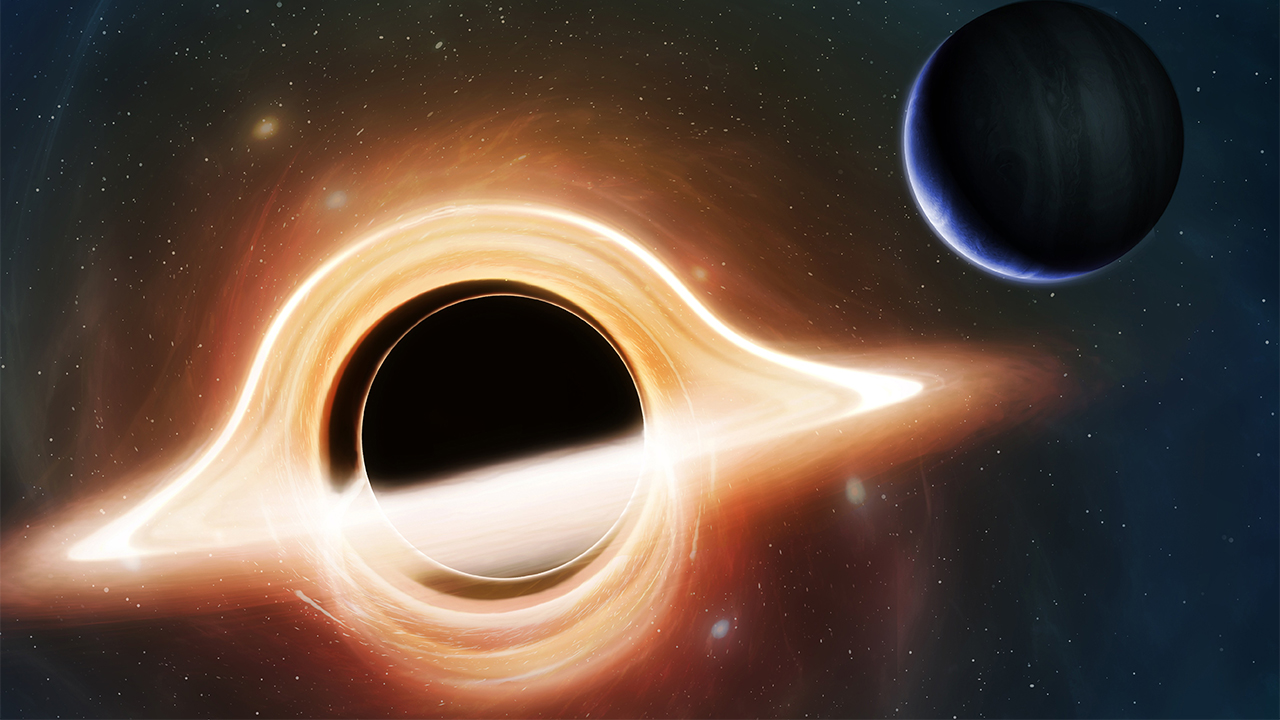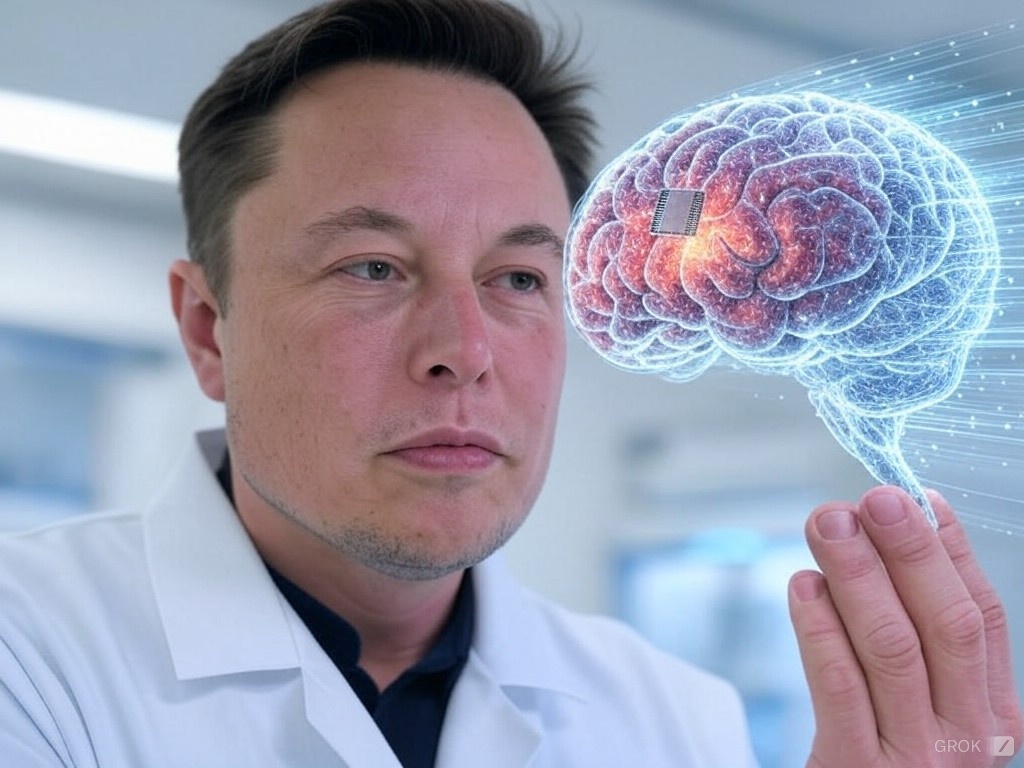In 2022, physicists took a novel approach to unraveling the mysteries of something that is known as Hawking radiation- a theoretical phenomenon associated with black holes. Using a one-dimensional chain of atoms, researchers simulated the event horizon of a black hole, observing the equivalent of Hawking radiation – particles generated from disruptions in quantum fluctuations near the black hole’s spacetime break.
This experiment carries significant implications for resolving the ongoing conflict between two fundamental frameworks describing the universe: the general theory of relativity and quantum mechanics. The former elucidates gravity as a continuous field (spacetime), while the latter describes particle behavior using probability mathematics. Bridging these seemingly irreconcilable theories is crucial for developing a unified theory of quantum gravity applicable across the board.
Black holes, with their incomprehensible density, offer a unique opportunity to address this challenge.
These cosmic anomalies, where escape is impossible within a certain distance from the center of mass (the event horizon), have long intrigued scientists. Stephen Hawking, in 1974, proposed that disruptions to quantum fluctuations near the event horizon produce a radiation akin to thermal radiation – Hawking radiation. Detecting this faint radiation in the vast cosmic static remains a formidable task, but researchers have turned to creating black hole analogs in laboratories to study its properties.
In November 2022, a team led by Lotte Mertens at the University of Amsterdam took a pioneering approach. They utilized a one-dimensional chain of atoms as a pathway for electrons to ‘hop’ between positions. By controlling the ease of this hopping, physicists could make certain properties vanish, effectively creating a simulated event horizon that interfered with the wave-like behavior of electrons.
The intriguing result was a temperature increase mirroring theoretical expectations of a black hole system, but with a twist – this occurred only when part of the chain extended beyond the simulated event horizon. This peculiar observation implies that the entanglement of particles straddling the event horizon plays a key role in the generation of Hawking radiation.
The simulated Hawking radiation exhibited thermal properties within a specific range of hop amplitudes and under simulations that mimicked a particular kind of ‘flat’ spacetime. This suggests that Hawking radiation may only possess thermal characteristics under specific conditions and when there’s a change in spacetime warp due to gravity.
The implications for quantum gravity remain uncertain, but this innovative model offers a controlled environment to study the emergence of Hawking radiation without the chaotic dynamics inherent in the formation of actual black holes. Its simplicity also allows for a wide range of experimental applications, providing a valuable tool for exploring fundamental quantum-mechanical aspects in conjunction with gravity and curved spacetimes in various condensed matter scenarios.
This groundbreaking experiment with a one-dimensional chain of atoms as a black hole analog provides valuable insights into the enigmatic realm of Hawking radiation. The results open new avenues for investigating the interplay between quantum mechanics and gravity, bringing us one step closer to a unified understanding of the universe.





